Fact: Everything tastes better topped with cheese (sorry, but it’s true). However, if you’re watching your sodium intake, you may want to be careful about which delicious cheeses you add to your shopping cart.
Why does cheese contain sodium, exactly? Salt is added during cheese production to stop bacteria from growing, control moisture, improve texture, and enhance taste, explains Rene Ficek, RD, lead nutrition expert at Seattle Sutton’s Healthy Eating. “Most importantly, salt is added for safety reasons, as it acts as a natural preservative,” she says.
It’s no surprise that cheese accounts for about 8 percent of the sodium in the average American’s diet, she adds. Ounce per ounce, your average cheese packs as much sodium as a salt-filled bag of potato chips.
That being said, you don’t necessarily want to buy that cheese marked “low sodium” at the grocery store. Ficek says that, while many manufacturers offer reduced-sodium cheeses, they sometimes use artificial ingredients to make up for a lack of salty flavor.
Luckily, there are plenty of naturally lower-sodium cheeses to choose from.
1. Cottage Cheese
 letterberryGetty Images
letterberryGetty Images
Paired with poached eggs and whole-wheat toast, cottage cheese has become the de-facto way to dress up a healthy breakfast. However, regular cottage cheese might be high in sodium, so opt for the no-salt-added varieties, which Roussell says generally don’t contain any more preservatives than salt-added cottage cheese
Per serving: 81 calories, 1 g fat (1 g saturated), 3 g carbs, 15 mg sodium, 3 g sugar, 0 g fiber, 14 g protein
How to eat it: Almond Berry Mini Cheesecake Smoothies
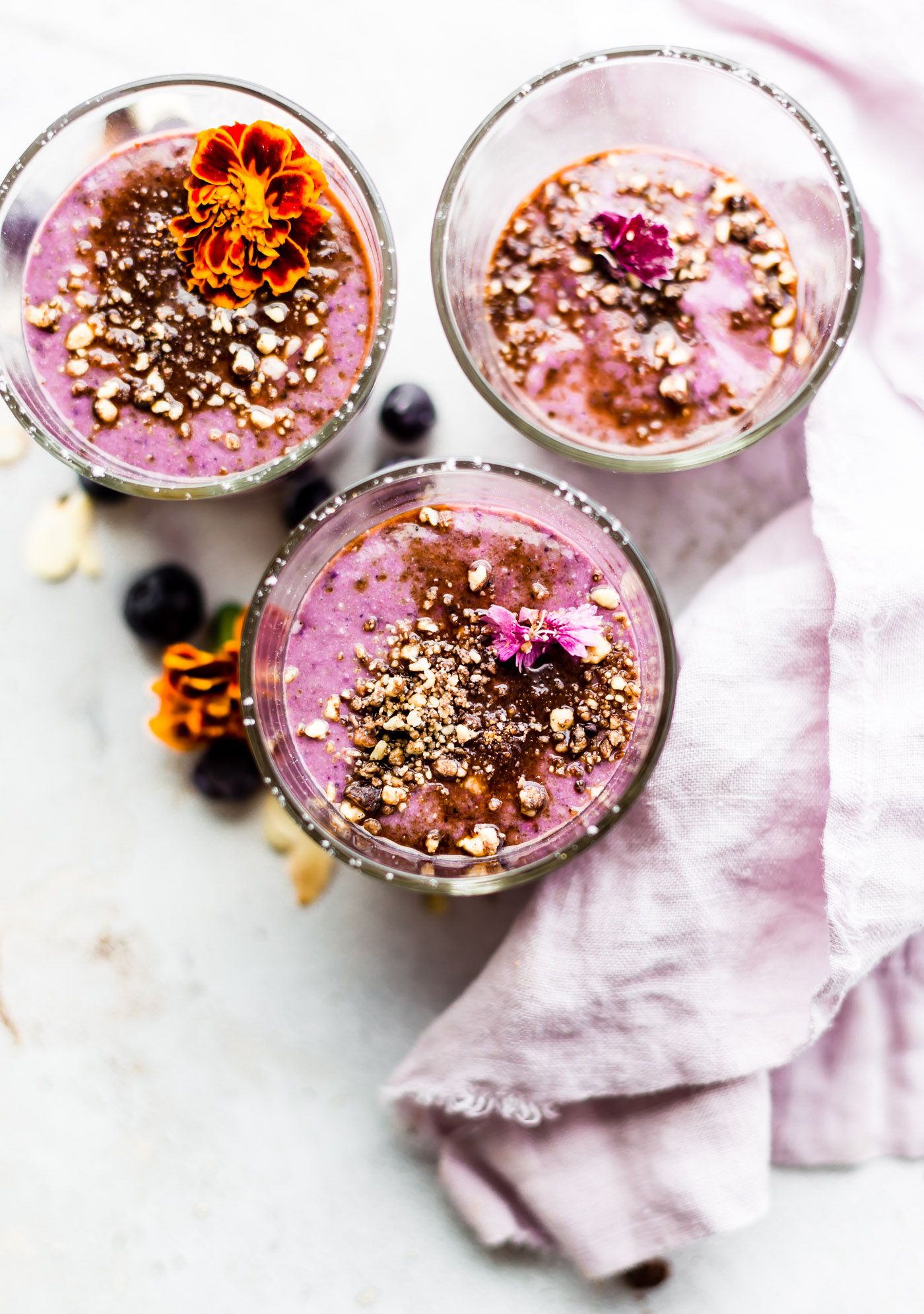 Cotter Crunch
Cotter Crunch
Not sold on the texture of cottage cheese curds? Blend ‘em up with delicious berries and almonds for a sweet and healthy treat.
Get the recipe
Per serving: 165 calories, 9 g fat (3 g saturated), 17 g carbs, 176 mg sodium, 10 g sugar, 4 g fiber, 7 g protein
2. Ricotta
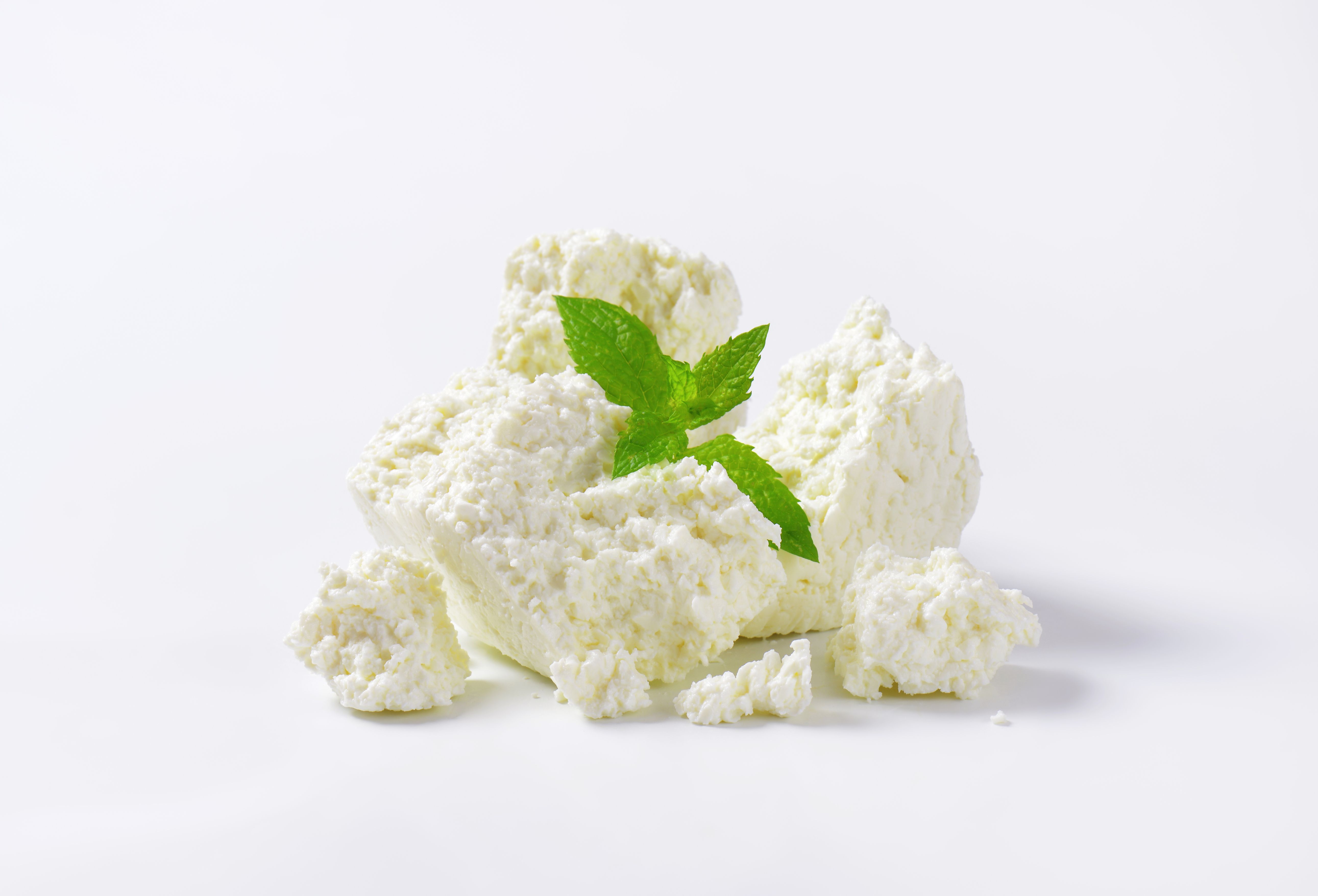 vikifGetty Images
vikifGetty Images
From lasagna to manicotti, this neutral cheese is light and airy to enough to offset the heartiness of many Italian dishes. Because it is consumed fresh, and has a high moisture content, ricotta doesn’t require salt for preservation or moisture-reduction. “It’s also not necessary for flavor, since the other ingredients in a dish with ricotta usually provide the flavor,” he says.
Per serving: 171 calories, 10 g fat (6 g saturated), 6 g carbs, 123 mg sodium, 0 g sugar, 0 g fiber, 14 g protein
How to eat it: Mason Jar Zucchini Lasagna
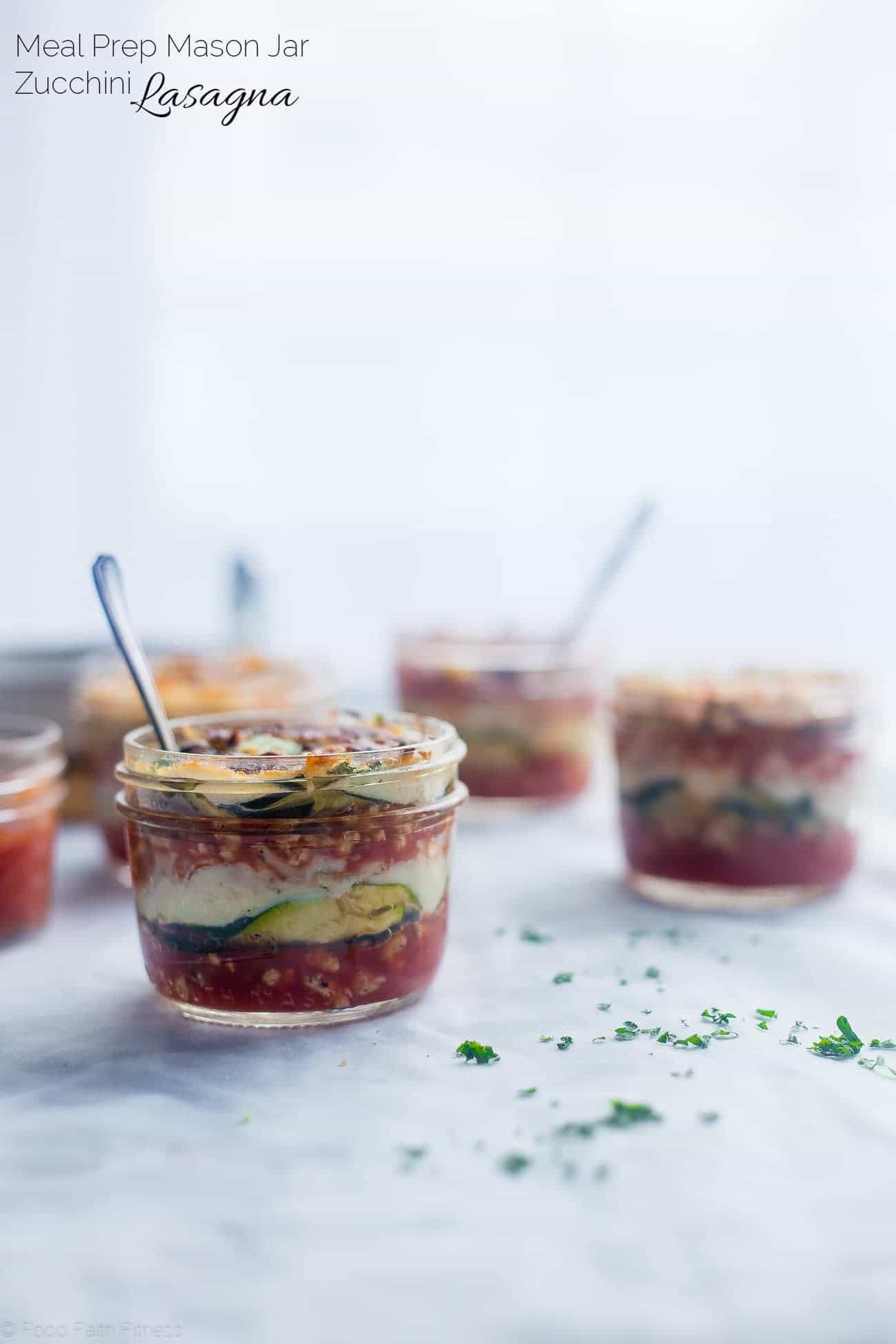 Food Faith Fitness
Food Faith Fitness
This convenient, light lunch is relatively low in sodium—even though it features three different types of cheese.
Get the recipe
Per serving: 251 calories, 1 g fat (6 g saturated), 12 g carbs, 495 mg sodium, 5 g sugar, 2 g fiber, 30 g protein
3. Cream cheese
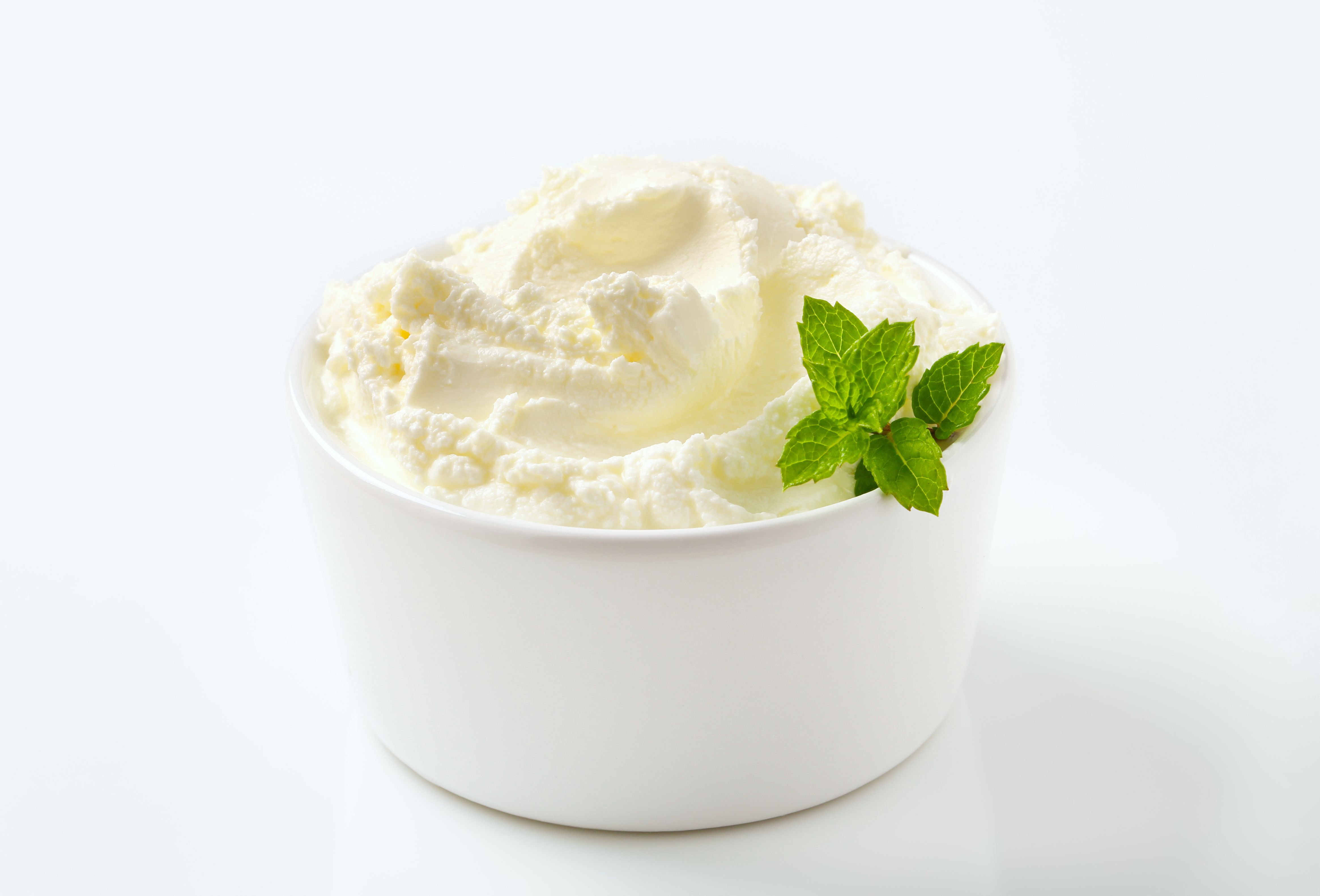 Basilios1Getty Images
Basilios1Getty Images
Bagels and cream cheese are a pretty delicious way to start the day—and it turns out this spread is pretty low-sodium, too. “Cream cheese is a high-moisture cheese that is distributed, refrigerated, and eaten fresh,” says Roussell. “Thus, salt is not necessary to remove moisture from the curd, and it is not necessary to preserve the cheese through the distribution system.”
Per serving: 31 calories, 3 g fat (1.5 g saturated), 1 g carbs, 48 mg sodium, 1 g sugar, 0 g fiber, 1 g protein
How to eat it: Berries & Basil Cream Cheese Toast
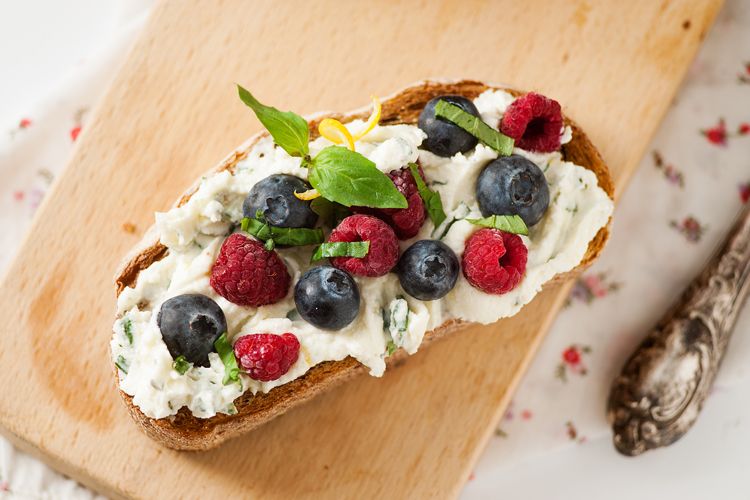 Skinny Ms
Skinny Ms
Your morning toast won’t know what hit it when you top it with the surprisingly delicious blend of berries, honey, lemon, and herbs.
Per serving: 143 calories, 10 g fat (4 g saturated), 11 g carbs, 131 mg sodium, 5 g sugar, 1 g fiber, 3 g protein
4. Parmesan
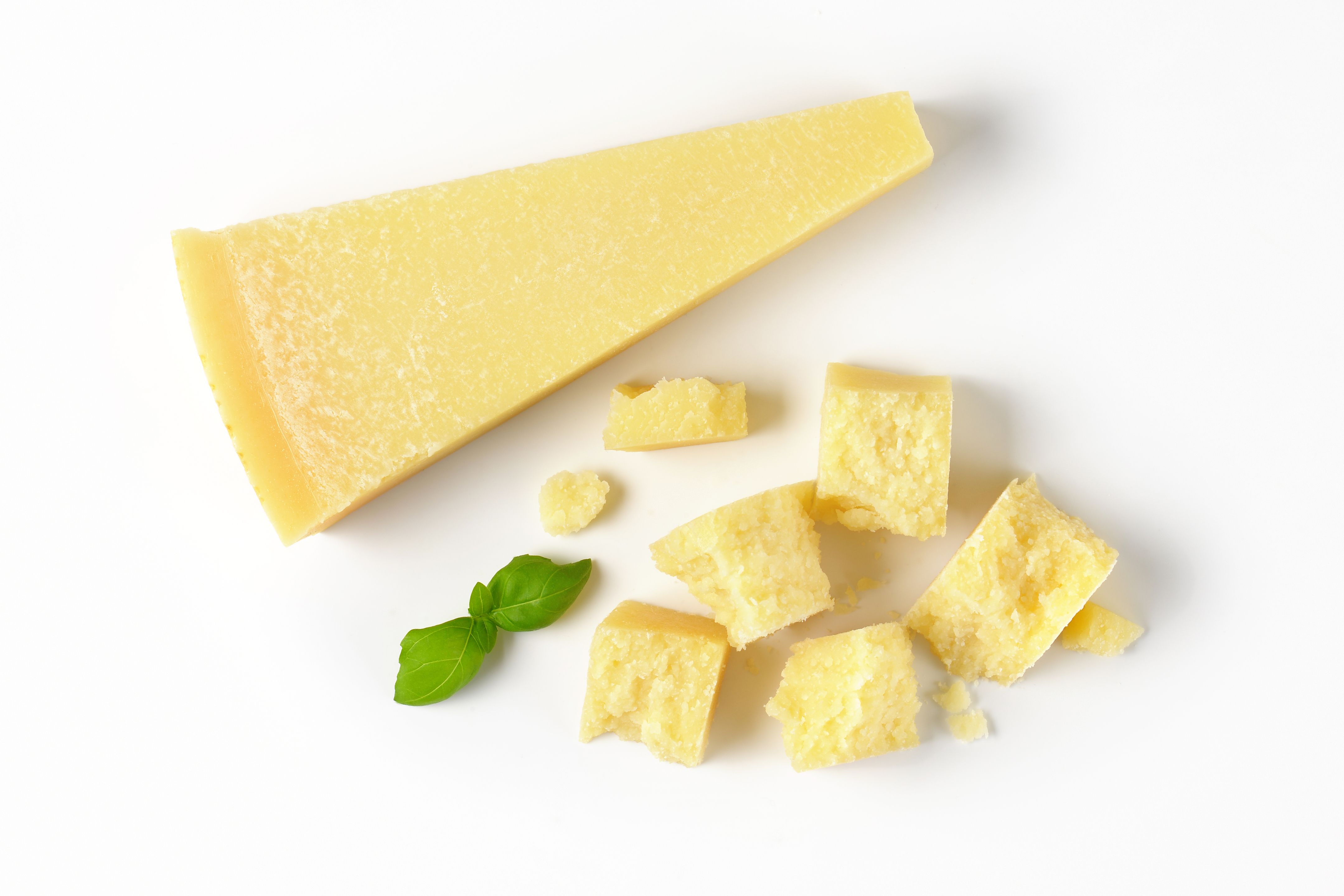 vikifGetty Images
vikifGetty Images
Like cream cheese, your Parmesan serving atop a bowl of pasta is usually relegated to a few grated spoonfuls, so you’re ultimately not taking in as much sodium as you would other hard cheeses. But ounce for ounce, it’s not necessarily low in sodium. “The FDA serving for Parmesan is five grams, and in comparison, the serving size for most cheeses is 30 grams and with about 190 mg of sodium,” says Roussell. “The serving size is small since most people only use Parmesan as a flavor ingredient and not as part of a meal.”
Per serving: 40 calories, 3 g fat (1.5 g saturated), 0 g carbs, 121 mg sodium, 0 g sugar, 0 g fiber, 4 g protein
How to eat it: Easy Crispy Brussels Sprouts
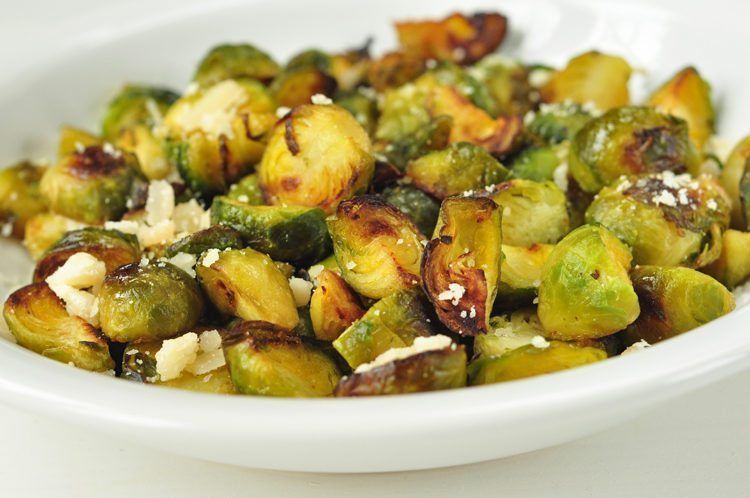 Skinny Ms
Skinny Ms
Pop ‘em in your mouth like chips or serve them as a side dish—either way, this recipe is the perfect way to get you to eat that vegetable.
Get the recipe
Per serving: 136 calories, 9 g fat (2 g saturated), 10 g carbs, 296 mg sodium, 3 g sugar, 4 g fiber, 6 g protein
5. Fresh Mozzarella
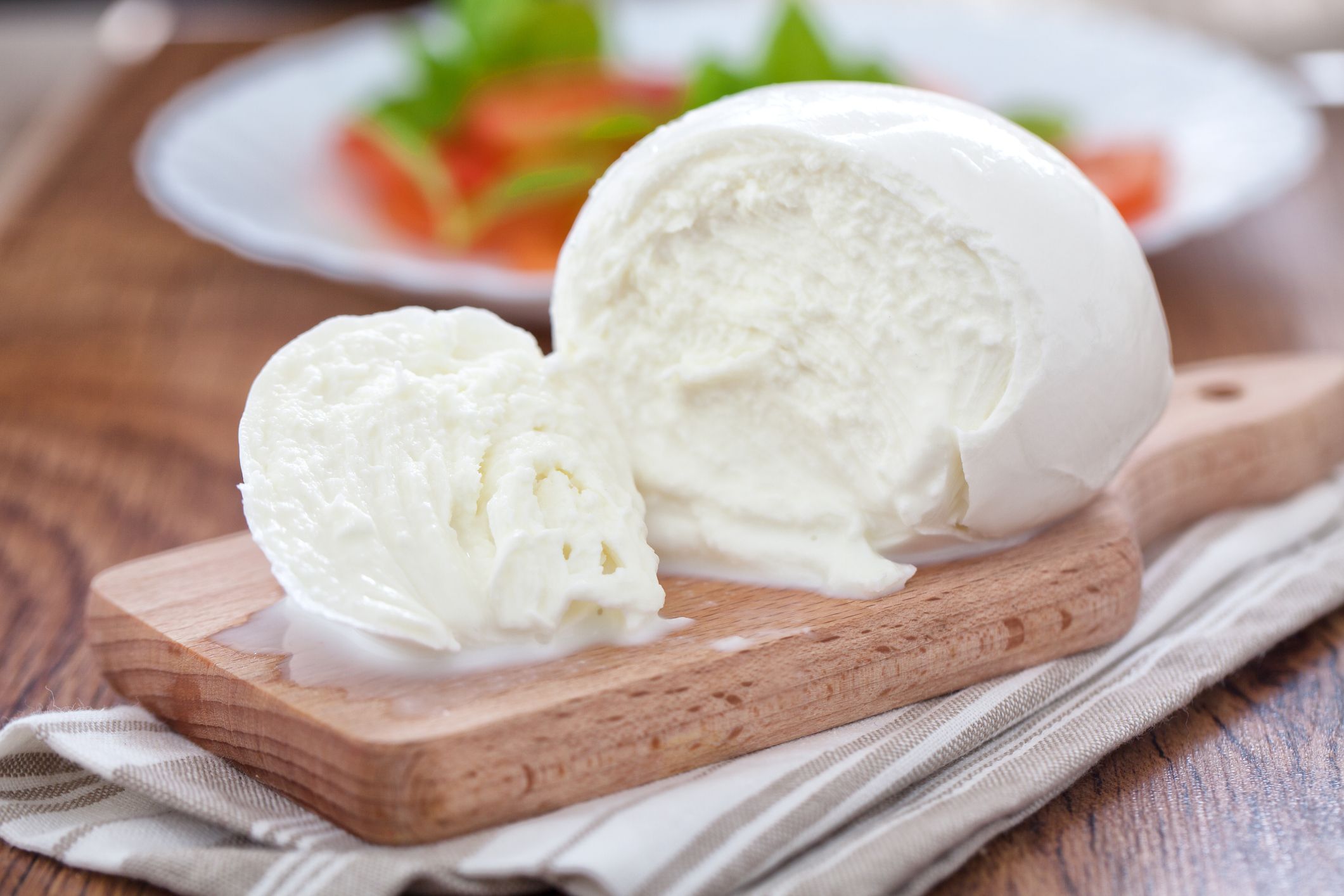 svariophotoGetty Images
svariophotoGetty Images
Margherita pizza and bruschetta lovers, unite. The key here is to opt for fresh mozzarella—the type you’d see in Italy—since it’s a high-moisture, fresh cheese that does not require the use of salt to remove moisture or facilitate aging, according to Roussell.
“What Americans typically consider mozzarella is often sold in shreds for pizza, and is a firmer cheese than the Italian variety,” he says. “American mozzarella has a lower moisture composition and a longer shelf-life. Salt is necessary to remove moisture, preserve the cheese texture, and provide a component of the flavor.”
Per serving: 85 calories, 6 g fat (4 g saturated), 1 g carbs, 138 mg sodium, 0 g sugar, 0 g fiber, 6 g protein
How to eat it: Grilled Veggie Towers With Mozzarella
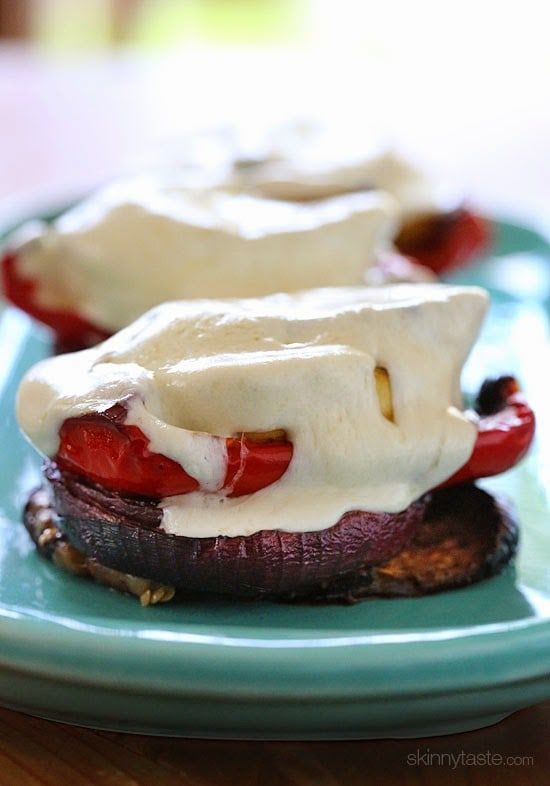 Skinny Taste
Skinny Taste
For all those times you ordered the vegetarian menu at a wedding, and wished you could recreate that mouth-watering appetizer at home.
Get the recipe
Per serving: 194 calories, 11 g fat (4 g saturated), 17 g carbs, 234 mg sodium, 4 g sugar, 4 g fiber, 9 g protein
6. Swiss
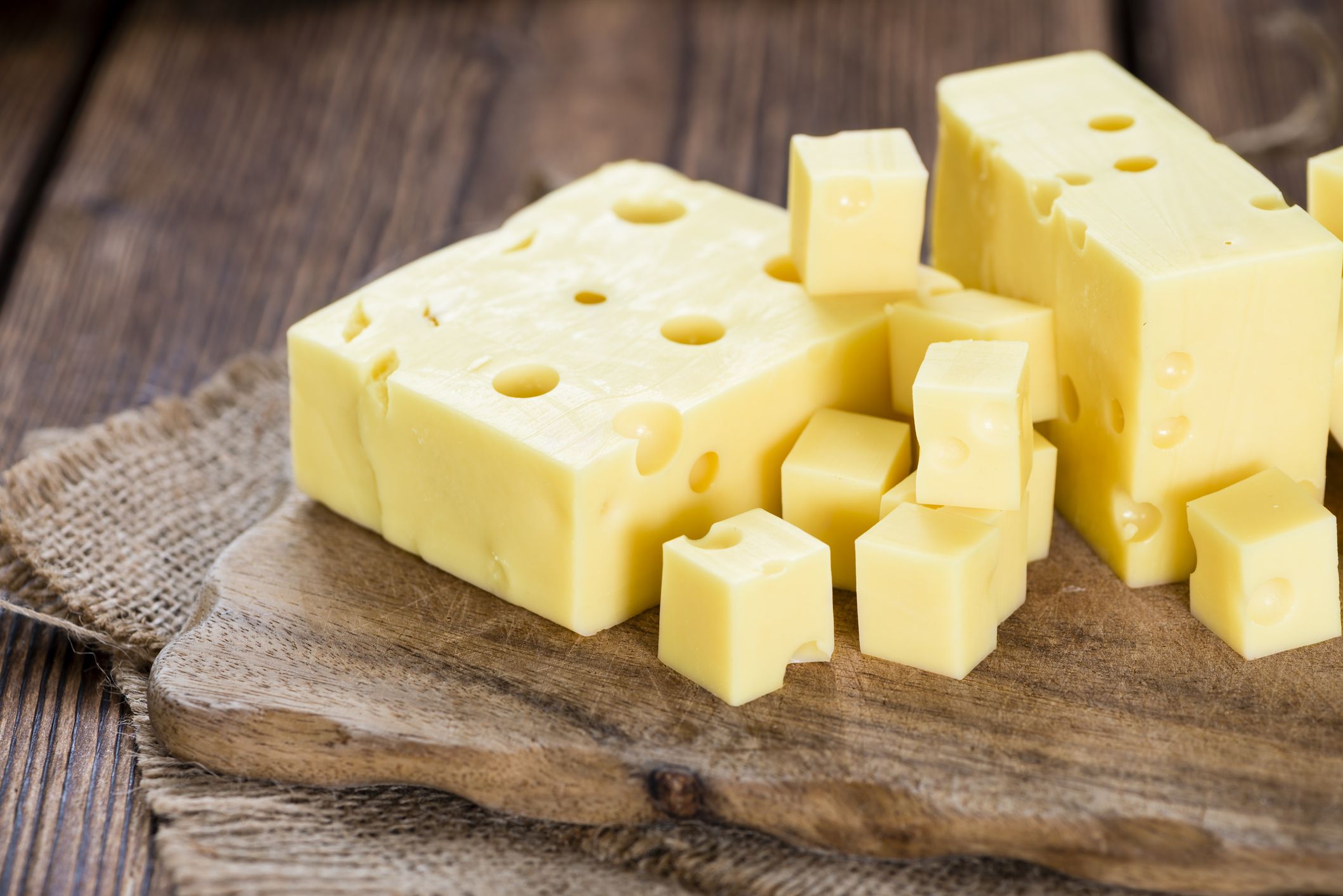 HandmadePicturesGetty Images
HandmadePicturesGetty Images
The holiest of the cheeses is traditionally low in sodium. “The manufacturing process is slower, which allows the moisture to be removed with lower salt addition,” says Roussell. Plus, it contains naturally present propionic acid (a short-chain saturated fatty acid) that aids in its preservation during aging, according to the NIH.
Per serving: 50 calories, 1 g fat (1 g saturated), 1 g carbs, 56 mg sodium, 0 g sugar, 0 g fiber, 8 g protein
How to eat it: Asparagus and Swiss Cheese Frittata
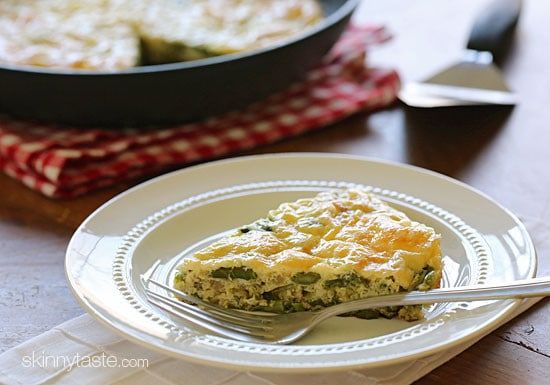 Skinny Taste
Skinny Taste
Make a big batch for breakfast and take it to work for lunch the next day.
Get the recipe
Per serving: 226 calories, 11 g fat (6 g saturated), 13 g carbs, 276 mg sodium, 1 g sugar, 4 g fiber, 21 g protein
7. Monterey Jack
 MSPhotographicGetty Images
MSPhotographicGetty Images
There’s something about Monterey Jack that pairs perfectly with Mexican cuisine, and I’m not complaining. While it still contains a decent amount of sodium, Roussell says that compared to cheddar, “Jack has a high moisture and is typically aged for a much shorter time, reducing the need for salt. In addition, some Jack cheeses have peppers added, which mask the blandness that can arise in low-sodium products.”
Per serving: 53 calories, 4 g fat (2 g saturated), 0 g carbs, 133 mg sodium, 0 g sugar, 0 g fiber, 5 g protein
How to eat it: Turkey Burger with Avocado Relish
 Skinny Ms
Skinny Ms
Your summer BBQ just got a lot more interesting with homemade patties on whole-grain buns and the cheesiest, creamiest toppings you could ever want.
Get the recipe
Per serving: 352 calories, 17 g fat (5 g saturated), 27 g carbs, 435 mg sodium, 2 g sugar, 4 g fiber, 23 g protein
Speaking of dairy…watch Aja Naomi King taste test ALL the high-protein ice creams:
Cheeses to avoid
While high-sodium cheeses are perfectly fine in moderation, you should steer clear of them if your doctor has put you on a low-sodium diet. In a 2014 study from BJM Open, researchers examined 612 samples of 23 types of cheese and ranked them.
The five saltiest:
So how salty is salty? Well, it turns out, halloumi, blue, and feta pack more salt than seawater! So yeah, if you’re looking to keep the sodium down, stick to one of the low-sodium cheeses above.
Source: Read Full Article
